Legendary Portuguese photojournalist Eduardo Gageiro dies at 90
His work spans 70 years of Portuguese life, including some of the most iconic photographs of the Carnation Revolution.

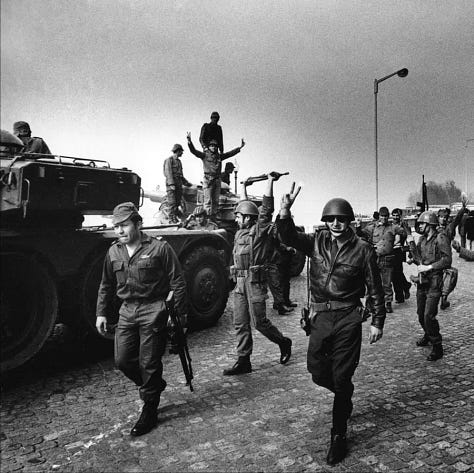
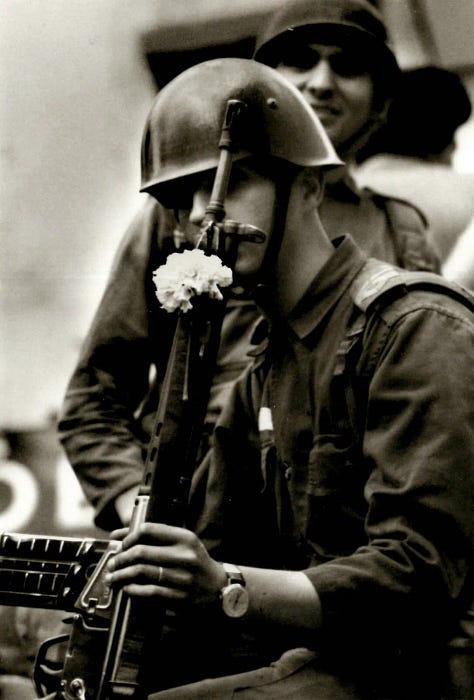

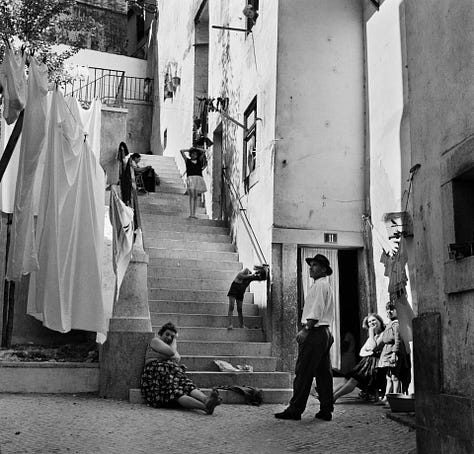
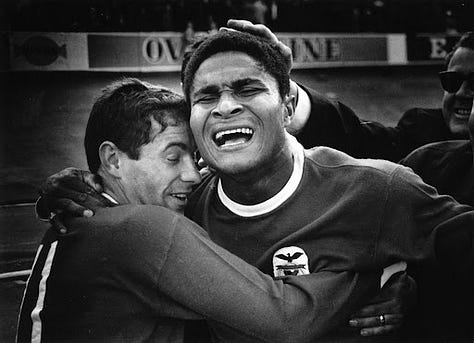

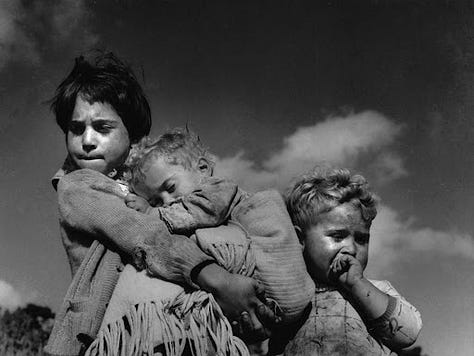
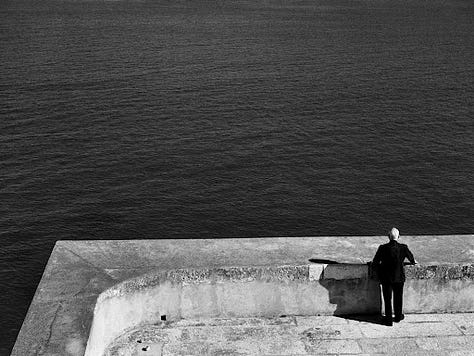
Renowned Portuguese photojournalist Eduardo Gageiro, known for his iconic images of the 1974 Carnation Revolution, died early Wednesday, June 4, in Lisbon, at the age of 90.
The news was confirmed by his family to Lusa news agency.
Gageiro passed away peacefully at Hospital dos Capuchos, surrounded by family.
Biography
Born in Sacavém in 1935, Gageiro leaves behind a vast visual archive documenting Portugal’s political, social, and cultural life from the 1950s onward.
He was one of the first photojournalists on the scene during the April 25 revolution, capturing historic moments such as the military standoff at Terreiro do Paço and the fall of the dictatorship.
His photograph of soldiers refusing to fire on fellow troops, what Captain Salgueiro Maia called “the most beautiful moment of insubordination”, remains one of the defining images of that day.
Colleagues describe Gageiro as more than a journalist, “a photographer who turned photojournalism into art.”
Throughout his career, Gageiro worked with publications such as Diário Ilustrado, O Século Ilustrado, and Sábado, and served as Portugal correspondent for Associated Press.
His portraits of iconic figures, including Sophia de Mello Breyner, Amália Rodrigues, and Jorge Sampaio, remain deeply influential.
He also photographed Maria, Salazar’s housekeeper (and alleged lover), kissing the President of the Council in his coffin, and the film-maker and actor Orson Welles at the Muchaxo Hotel in Guincho.
He also portrayed Eusébio on the pitch, Rudolf Nureyev on the steps of the São Carlos National Theatre, Gina Lollobrigida on a visit to Portugal, Pope Paul VI on a visit to Portugal and a whole host of politicians and leading figures in Portuguese culture, all of whom he unravelled in his book Revelations (1995): Cavaco Silva, Jorge Sampaio, Alves Redol, Francisco Sá Carneiro and General Ramalho Eanes.
In 1970, he was the first photojournalist to enter the Convento da Cartuxa in Évora, a cloistered and silent monastery.
Salazar portrait
In 1964, he was called to the Fort of São João do Estoril, where dictator Salazar spent the summer: Salazar’s office wanted to record the moment when the dictator watched a regatta pass by.
Like other photojournalists who were also summoned, Gageiro took the images and published them in the newspaper.
He kept one photograph for himself, which he would only find out about much later.
In it, Salazar appears on the right, thus fulfilling the ‘golden rule’ of composition that the photojournalist learnt to apply from his first master, the sculptor Armando Mesquita.
The dictator is standing with his back to the lens.
He is contemplating the waters next to the fortification wall.
A deep loneliness pervades the scene.
The isolation of the man, but also that which the dictator imposes on the country, ‘planted on the edge’ of a sea that is no longer a way out, but the beginning of an ordeal, a forced path to war: Salazar and the country he is muzzling strive to prevent the inevitable decolonisation, decreed in 1960 by the UN.
Controversial figure
He was also a controversial figure, having publicly clashed with fellow photojournalist Alfredo Cunha over authorship disputes, a court later ruled in Cunha’s favor.
Despite personal rifts, Gageiro’s technical mastery and humanistic approach earned widespread acclaim.
Among his many honors, Gageiro won a World Press Photo award in 1975, was decorated as a Commander of the Order of Infante D. Henrique, and became the only Portuguese photographer with a permanent exhibit at the House of European History in Brussels.
Earlier this year, Torres Vedras City Hall acquired his archive, now showcased in the exhibition Pela Lente da Liberdade (featured in PORTUGAL DECODED previously), open through September 13.
Even in frail health, Gageiro attended this year’s 25 April parade in Lisbon.
As fellow photojournalist Mário Cruz recalled, “When I thanked him for his legacy, he simply asked where my camera was, that was his way of saying: be ready to document history.”




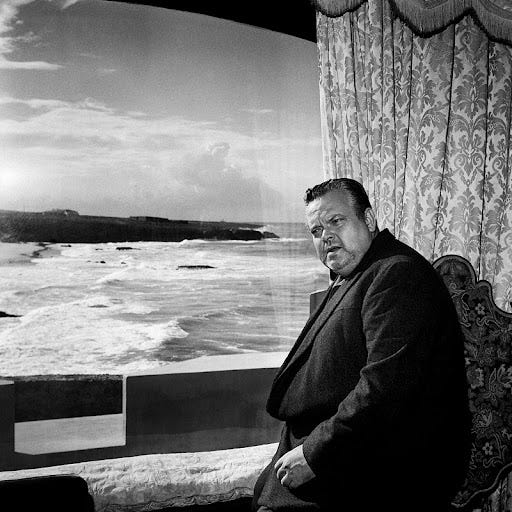
What iconic photos.